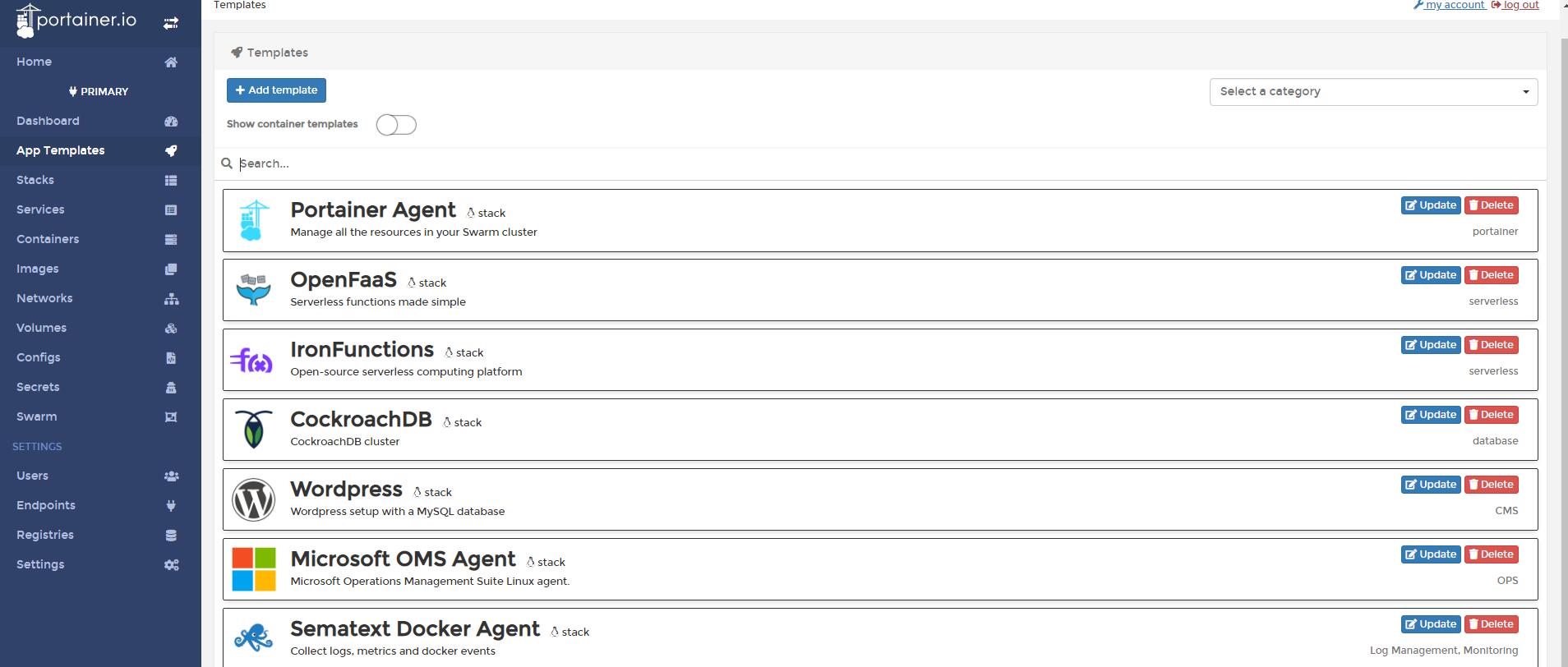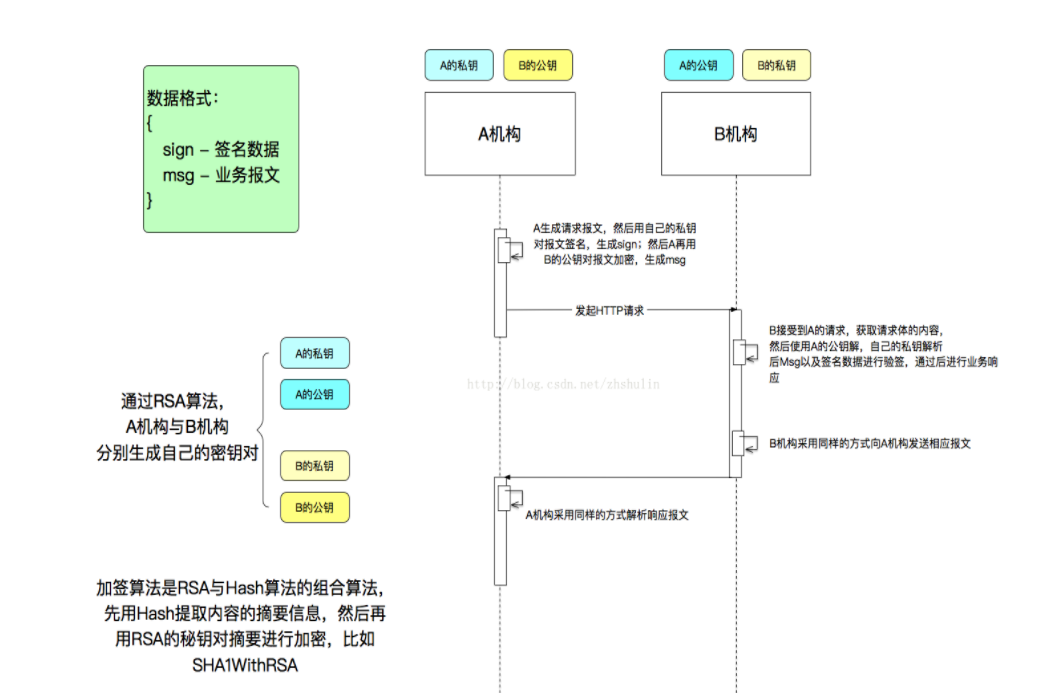I have been doing some iOS development for a couple of months and recently I am developing a bus app. I am currently mimicking the bus' movements and set up multiple annotations on the bus stops. For test purposes, I have setup just one bus stop and am trying to monitor when the bus has entered this region and exited as well.
Strangely, my didStartMonitoringForRegion method is called perfectly but neither the didEnterRegion nor didExitRegion methods are called. Every time I run the program, the bus pretty much passes the stop without prompting me so.
Could someone explain to me why this is happening and how to resolve it?
let locationManager = CLLocationManager()
var allBusAnnotations = [MKPointAnnotation]()
var summitEastBusStations = [CLLocationCoordinate2D]()
var busStopNames = ["Dix Stadium", "Risman Plaza", "Terrace Drive", "Terrace Drive 2","C-Midway","Theatre Dr.","East Main Street","South Lincoln"]
var radius = 500 as CLLocationDistance
// 0.02 is the best zoom in factor
var mapZoomInFactor : Double = 0.02
override func viewDidLoad() {
super.viewDidLoad()
// Do any additional setup after loading the view, typically from a nib.
self.getBusStop()
self.locationManager.delegate = self
// gets the exact location of the user
self.locationManager.desiredAccuracy = kCLLocationAccuracyBest
// gets the user's location only when the app is in use and not background
self.locationManager.requestWhenInUseAuthorization()
self.locationManager.startUpdatingLocation()
self.mapView.showsUserLocation = true
self.setBusStopAnnotations(summitEastBusStations)
// self.mapView.mapType = MKMapType.Satellite
}
func locationManager(manager: CLLocationManager!, didUpdateLocations locations: [AnyObject]!) {
// sends the latitude and longitude to the Apple Servers then returns the address
CLGeocoder().reverseGeocodeLocation(manager.location, completionHandler: { (placeMarks: [AnyObject]!, error: NSError!) -> Void in
if error != nil
{
println("Reverse Geocode Failed: " + error.localizedDescription)
return
}
if placeMarks.count > 0
{
// gets the most updated location
let pm = placeMarks.last as! CLPlacemark
let centre = CLLocationCoordinate2D(latitude: manager.location.coordinate.latitude, longitude: manager.location.coordinate.longitude)
// draws a circle in which the map will zoom to
let region = MKCoordinateRegion(center: centre, span: MKCoordinateSpan(latitudeDelta: self.mapZoomInFactor, longitudeDelta: self.mapZoomInFactor))
self.mapView.setRegion(region, animated: true)
self.displayLocationInfo(pm)
// self.distanceToClosestAnnotation(pm)
self.geoFencing()
// YOU CAN IGNORE THIS WHOLE PART. IT'S IRRELEVANT FOR THIS QUESTION
var repeatTimes = 0
var count = 0
while(count <= 7)
{
if count == (self.summitEastBusStations.count - 1)
{
count = 1
++repeatTimes
}
else if repeatTimes == 1
{
count = 0
++repeatTimes
}
else if repeatTimes == 2
{
break
}
self.distanceToBusStop(pm, count: count)
++count
}
}
})
}
func locationManager(manager: CLLocationManager!, didFailWithError error: NSError!) {
println("Location Manager Failed: " + error.localizedDescription)
}
func locationManager(manager: CLLocationManager!, didStartMonitoringForRegion region: CLRegion!) {
println("The region is monitored")
println("The monitored region is \(region.description)")
}
func locationManager(manager: CLLocationManager!, monitoringDidFailForRegion region: CLRegion!, withError error: NSError!) {
println("Failed to monitor the stated region")
}
func locationManager(manager: CLLocationManager!, didEnterRegion region: CLRegion!) {
println("The bus has entered the region")
}
func locationManager(manager: CLLocationManager!, didExitRegion region: CLRegion!) {
println("The bus has left the region")
}
func geoFencing()
{
let rismanPlaza = CLLocationCoordinate2D(latitude: 41.1469492, longitude: -81.344068)
var currentBusStop = CLLocation(latitude: rismanPlaza.latitude, longitude: rismanPlaza.longitude)
addRadiusCircle(currentBusStop)
let busStopRegion = CLCircularRegion(center: CLLocationCoordinate2D(latitude: rismanPlaza.latitude, longitude: rismanPlaza.longitude), radius: radius, identifier: busStopNames[1])
if radius > self.locationManager.maximumRegionMonitoringDistance
{
radius = self.locationManager.maximumRegionMonitoringDistance
}
locationManager.startMonitoringForRegion(busStopRegion)
}
// creates the radius around the specified location
func addRadiusCircle(location: CLLocation)
{
self.mapView.delegate = self
var circle = MKCircle(centerCoordinate: location.coordinate, radius: radius)
self.mapView.addOverlay(circle)
}
// performs the actual circle colouring
func mapView(mapView: MKMapView!, rendererForOverlay overlay: MKOverlay!) -> MKOverlayRenderer!
{
if overlay is MKCircle
{
var circle = MKCircleRenderer(overlay: overlay)
circle.strokeColor = UIColor.redColor()
circle.fillColor = UIColor(red: 255, green: 0, blue: 0, alpha: 0.1)
circle.lineWidth = 1
return circle
}
else
{
return nil
}
}




